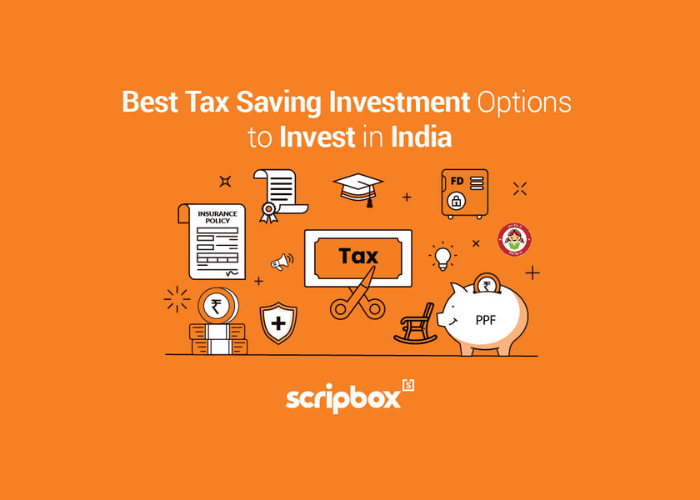The foreign exchange market, or Forex, is one of the largest, most liquid and dynamic markets in the world. It is the largest financial market in the world, with trillions of dollars traded daily. Forex trading offers investors the opportunity to make returns on their capital, and it can be an exciting and rewarding experience.
However, Forex trading can also be risky and complex. It is important to understand the different aspects of the market and the potential risks and rewards associated with trading. This guide will provide an overview of the Forex market, how it works and how to get started trading.
Exploring the Forex Market
The Forex market is a global, decentralized and over-the-counter (OTC) market for the trading of currencies. It is the world’s largest financial market with trillions of dollars traded daily. The Forex market is open 24 hours a day, five days a week, except for weekends and public holidays, and it is accessible to anyone with a computer and an internet connection.
The Forex market is composed of a network of buyers and sellers around the world. These buyers and sellers are connected via electronic trading platforms and can buy and sell currencies at the click of a button. The prices of currencies in the Forex market are determined by the forces of supply and demand. When the demand for a currency is greater than the supply, the price of the currency will increase. Conversely, when the supply of a currency is greater than the demand, the price of the currency will decrease.
Understanding Risk and Returns
In Forex trading, risk and return go hand in hand. The higher the risk, the higher the potential return. Conversely, the lower the risk, the lower the potential return. Investors must understand the risks associated with Forex trading and be aware of the potential rewards.
In Forex trading, the most common risks are currency risk, counterparty risk and liquidity risk. Currency risk is the risk that the value of one currency will decrease relative to another currency. Counterparty risk is the risk that the counterparty will not fulfill its obligations. Liquidity risk is the risk that a currency cannot be traded in the market due to a lack of buyers or sellers.
Buying and Selling Strategies
In Forex trading, there are two primary strategies used to buy and sell currencies. The first is the long-term buy-and-hold strategy, which involves buying and holding a currency for an extended period of time. The second is the short-term trading strategy, which involves buying and selling currencies over a shorter period of time.
In the long-term buy-and-hold strategy, investors buy a currency and hold it for an extended period of time, typically in the hope that the currency’s value will appreciate over time. In the short-term trading strategy, investors buy and sell currencies with the aim of making a profit from the fluctuations in the exchange rate.
Leverage and Margin Trading
In Forex trading, leverage and margin trading are two popular strategies used by investors. Leverage is the use of borrowed money to increase the potential returns of a trade. Margin trading is the use of borrowed funds to increase the potential return of a trade without having to put up the full amount of the trade.
Leverage and margin trading can be powerful tools for investors, as they allow them to increase their potential returns without having to put up the full amount of the trade. However, they can also be risky, as they can increase the potential losses as well as the potential gains. Investors must understand the risks associated with leverage and margin trading before using them.
Developing a Trading Plan
Before starting to trade in the Forex market, it is important to develop a trading plan. A trading plan should include the investor’s goals, risk tolerance and trading strategy. It should also include a plan for entering and exiting trades, as well as an exit strategy in case the trade starts to move against the investor.
A trading plan should also include an analysis of the market, including an understanding of the different currencies and how they are affected by macroeconomic factors. Having a trading plan will help the investor to stay disciplined and make better-informed trading decisions.
Technical Analysis for Forex Trading
Technical analysis is the practice of using charts and other technical indicators to analyze price movements and identify potential trading opportunities. Technical analysis can be used to identify trends, identify support and resistance levels, and identify potential entry and exit points. Technical analysis can be a powerful tool for investors, as it can help them to identify potential trading opportunities and stay ahead of the market.
Conclusion
Automated and algorithmic trading are two popular strategies used by investors to take advantage of price movements in the Forex market. Automated trading involves the use of computer algorithms to generate and execute trading signals automatically. Algorithmic trading involves the use of computer algorithms to generate and execute trading signals based on predetermined criteria.










